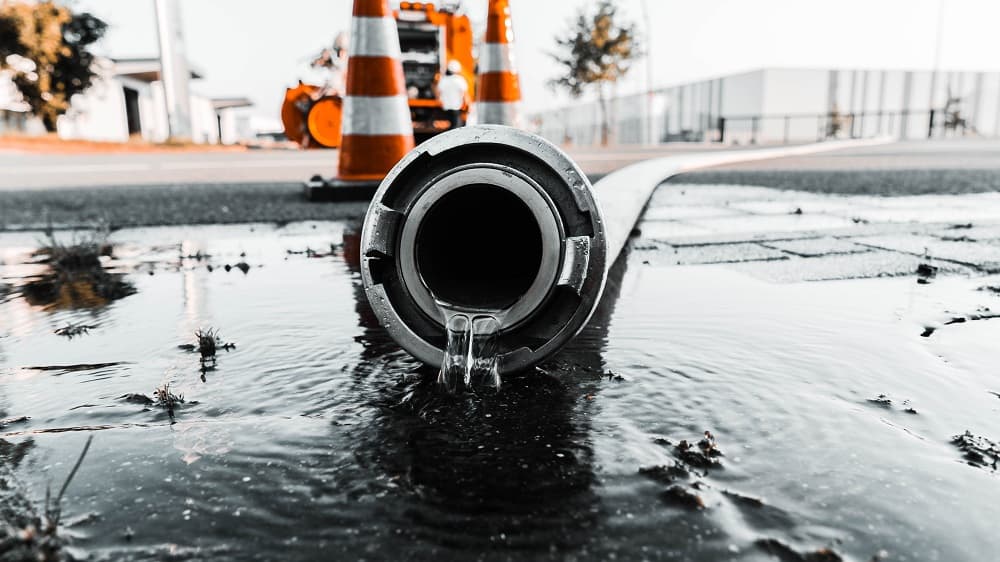
Water damage emergencies can strike unexpectedly, wreaking havoc on homes and properties. When faced with such crises, swift and effective action is essential to mitigate the damage and prevent long-term repercussions. Residents in Fishers, Indiana, find themselves in a unique position when dealing with water-related issues. In these situations, identifying and enlisting the help of local water damage services in Fishers becomes a critical step in ensuring a prompt and tailored response to the specific needs of the community.
Whether caused by burst pipes, flooding, or other unforeseen events, water damage demands immediate attention. The local water damage services in Fishers play a crucial role in addressing water damage emergencies with speed, efficiency, and a keen understanding of the area’s unique challenges. In this blog, Gharpedia explores the techniques and equipment used in emergency water extraction.
Water Extraction Techniques
Here are some common water extraction techniques used in emergency:
01. Water Removal Pumps

- Submersible Pumps: These pumps are designed to be submerged in water and are effective for removing large amounts of standing water.
- Trash Pumps: Useful for removing water containing debris and solids. They can handle larger particulate matter.
02. Water Extraction Vacuums

- Wet/Dry Vacuums: Industrial-strength wet/dry vacuums can be used for extracting water from various surfaces. They come in different sizes and capacities.
03. Mop and Bucket

- For smaller water spills or areas where equipment may be challenging to use, traditional mopping techniques can be effective.
04. Towels and Sponges

- Absorbent materials like towels and sponges can be used to soak up and remove water from smaller, confined spaces.
05. Squeegees

- Ideal for hard surfaces like floors or walls, squeegees can help push water towards extraction points.
Equipment Use in Water Extraction
These equipment are employed in water damage restoration:
01. Dehumidifiers

- Once standing water is removed, dehumidifiers help reduce moisture levels in the air, aiding in the drying process and preventing mold growth.
02. Air Movers/Fans

- High-velocity fans promote air circulation, speeding up the evaporation of water from surfaces.
03. Moisture Meters

- These devices measure the moisture content in different materials, helping professionals determine the extent of water damage and monitor the drying progress.
04. Infrared Cameras
- Infrared cameras can identify hidden pockets of moisture behind walls or in ceilings, assisting in thorough water damage assessment.
05. Injectidry Systems
- These systems use injectors to force air into cavities, promoting the drying of hard-to-reach areas such as wall cavities or under flooring.
06. Water Extraction Trucks

- Industrial-grade trucks equipped with powerful pumps and vacuum systems are used for large-scale water removal.
07. Portable Water Extraction Units
- Compact and versatile, these units are suitable for smaller-scale water extraction needs, such as residential properties.
Important Points to Consider Before Beginning the Water Extraction
- Safety First: Before beginning the extraction process, ensure that the power supply is turned off in the affected areas to prevent electrical hazards.
- Professional Assistance: While some water damage situations can be addressed by homeowners, it’s often advisable to seek professional assistance, especially for extensive water damage or when dealing with contaminated water.
- Quick Response: Prompt action is crucial in water damage situations to minimize damage and reduce the risk of mold growth.
Always follow safety guidelines and, when in doubt, consult with water damage restoration professionals for expert advice and assistance.
Conclusion
In conclusion, when faced with water damage emergencies, swift and effective water extraction techniques and equipment are essential for minimizing the extent of damage and preventing potential health hazards. Whether utilizing submersible pumps, wet/dry vacuums, or advanced tools like infrared cameras and moisture meters, the goal is to remove standing water promptly. It’s crucial to prioritize safety, considering factors like electrical hazards, and to act promptly to mitigate the risk of mold growth.
For residents in Seattle seeking assistance, it’s recommended to consult local water damage contractors who are equipped with the necessary expertise and equipment. To locate a Water Damage Contractors office in Seattle, consider using online directories, search engines, or reaching out to local business associations for up-to-date and accurate information. This ensures that you connect with professionals who can provide emergency water extraction and efficient water damage restoration services tailored to the specific needs of the Seattle area.
If you encounter a flooded room, here are tips to remove water from it.
How to Remove Water From a Flooded Room






























